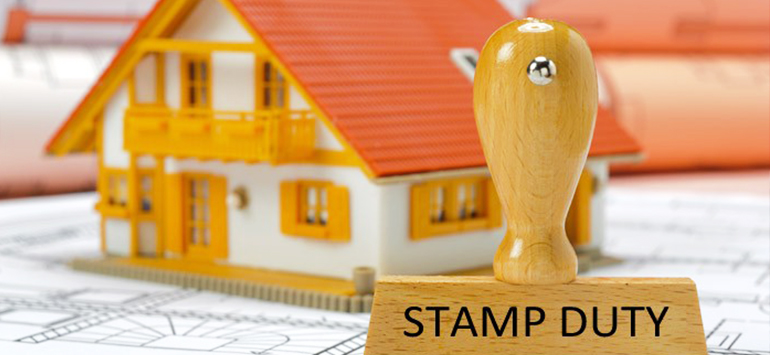
State-wide Stamp Duty Surcharge Shakeup
Posted date: June 2nd 2017 . Author AdminSydney .
The start of the cold season has brought through monumental changes to the housing market in New South Wales, as Premier Gladys Berejiklian announced a housing affordability package on June 1, to be implemented at the start of the 2017/18 financial year. The reforms will include the abolishing of stamp duty surcharges on first home buyers for both new and existing dwellings valued up to $650,000. First-time purchasers of properties between $650,000 and $800,000 will also receive a discount on normal stamp duty rates. Furthermore, foreign investors will be required to pay an increased surcharge of 8 per cent (previously 4 per cent) on stamp duty, and 2 per cent (previously 0.75 per cent) on land tax. Foreign developers will be exempt from the increased surcharges. The New South Wales government has also targeted housing supply and delivery of infrastructure as part of these reforms, with a target of 61,000 dwelling completions and 10,000 dwellings re-zonings in each financial year for the next four years to be supported by $3 billion worth of infrastructure funding targeted at accelerate the building process.
The building of a new property by first home buyers will entail a $10,000 grant on homes valued up to $700,000, whilst first home purchasers of a new property will be entitled to a $10,000 grant for properties valued up to $600,000. The $5,000 New Home Grant Scheme will be abolished once the new reforms are in place. Furthermore, investors of any kind will no longer be able to delay for 12 months paying their stamp duty on off-the-plan properties, though buyers with the intention to live in their off-the-plan homes will still be entitled to this delay. To target the supply side of NSW’s housing market, the government will focus on expanding Priority Precincts (areas that have been targeted growth and revitalisation) and deliver approximately 30,000 new dwellings in Belmore/Lakemba, Burwood/Strathfield/Homebush, Campsie/Canterbury, Cherrybrook (Government land), Frenchs Forest, Glenfield, Leppington Town Centre, Anzac Parade corridor, Riverwood, Schofields Town Centre, Seven Hills/Wentworthville, St Leonards/Crows Nest, Telopea, Turrella/Bardwell Park and Westmead. In conjunction with the above changes, investment into NSW’s infrastructure, including key transport projects (WestConnex, NorthConnex and Sydney Metro to name a few), redevelopments of hospitals, classrooms, sporting facilities and transformation of transport hubs will work together to support communities and service newly constructed dwellings. A promised contribution of $1.6 billion will be made to the Housing Acceleration Fund and priority projects in support of housing and a further $369 million will be allocated to local councils for local infrastructure.
With all these changes to take place, former Reserve Bank governor, Glen Stevens reiterated the importance of not relying too much on the demand side of subsidies which may have the effect of increasing prices. As an advisor to the NSW government to these measures, Mr Stevens noted that today’s housing market buy ambien uk online has seen supply been overpowered by demand, and that the government must work towards increasing supply. In light of the changes to take place, Preston Rowe Paterson will be proactively monitoring the state of the housing market and its impact on the behaviours of buyers in the coming months ahead.